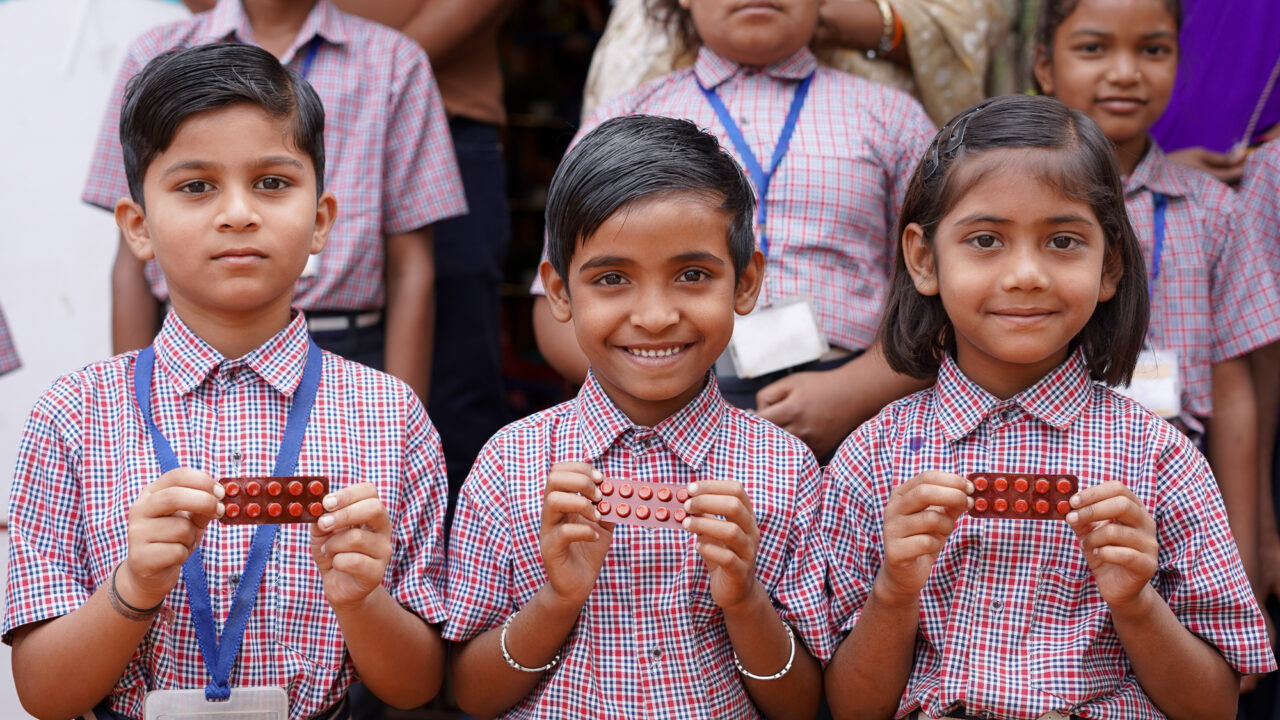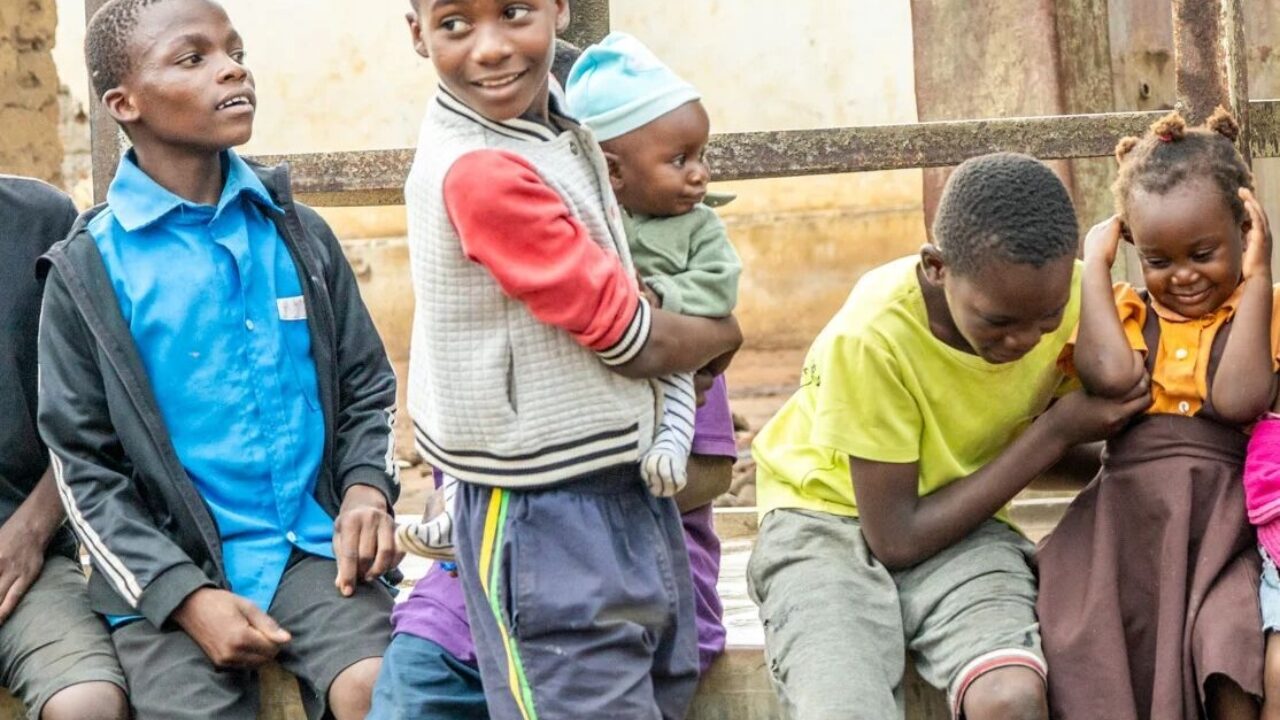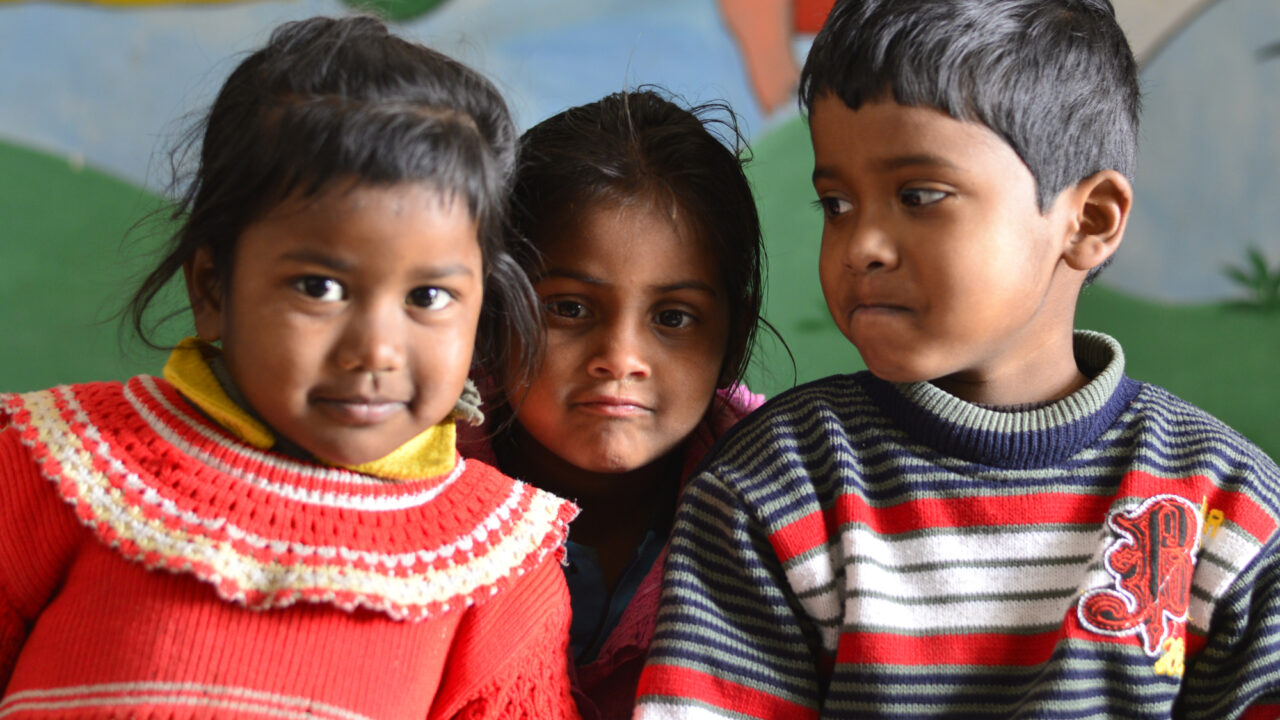In a major achievement, the government of India has expanded access to piped water through millions of rural household tap connections, bringing water directly into homes that once relied on distant or unreliable sources.
But without disinfection, that water can still carry harmful bacteria, causing diseases like typhoid, cholera, and hepatitis A, as well as malnutrition. Contaminated water is also the most common cause of diarrhea – a leading cause of death in children under five years old. By adding water treatment to piped water infrastructure, one can provide substantial health benefits at a low additional cost. And we’re helping to make this a reality.
Evidence Action works as a technical partner to national and state departments in India, helping install in-line chlorination – low-cost solutions that automatically disinfect water as it flows through village pipelines. We also train local operators and support ongoing maintenance and water testing to ensure that the journey of water through the taps ends with safe, treated drinking water.
We aim to develop and adapt innovative solutions for adding in-line chlorination to the water systems already in place or being built. The stories from the other side of the pipe – communities across Andhra Pradesh and Madhya Pradesh where we’re piloting in-line chlorination systems – show that when water access is combined with practical treatment solutions and local leadership, it can transform health and daily life.
Safer systems, simpler work
In Andhra Pradesh, with support from the state government and Evidence Action, tablet based in-line chlorination devices were installed in 2024, with additional installations planned for 2025. These low-cost systems automatically dose chlorine into water as it flows through village pipelines.
What is in line chlorination?
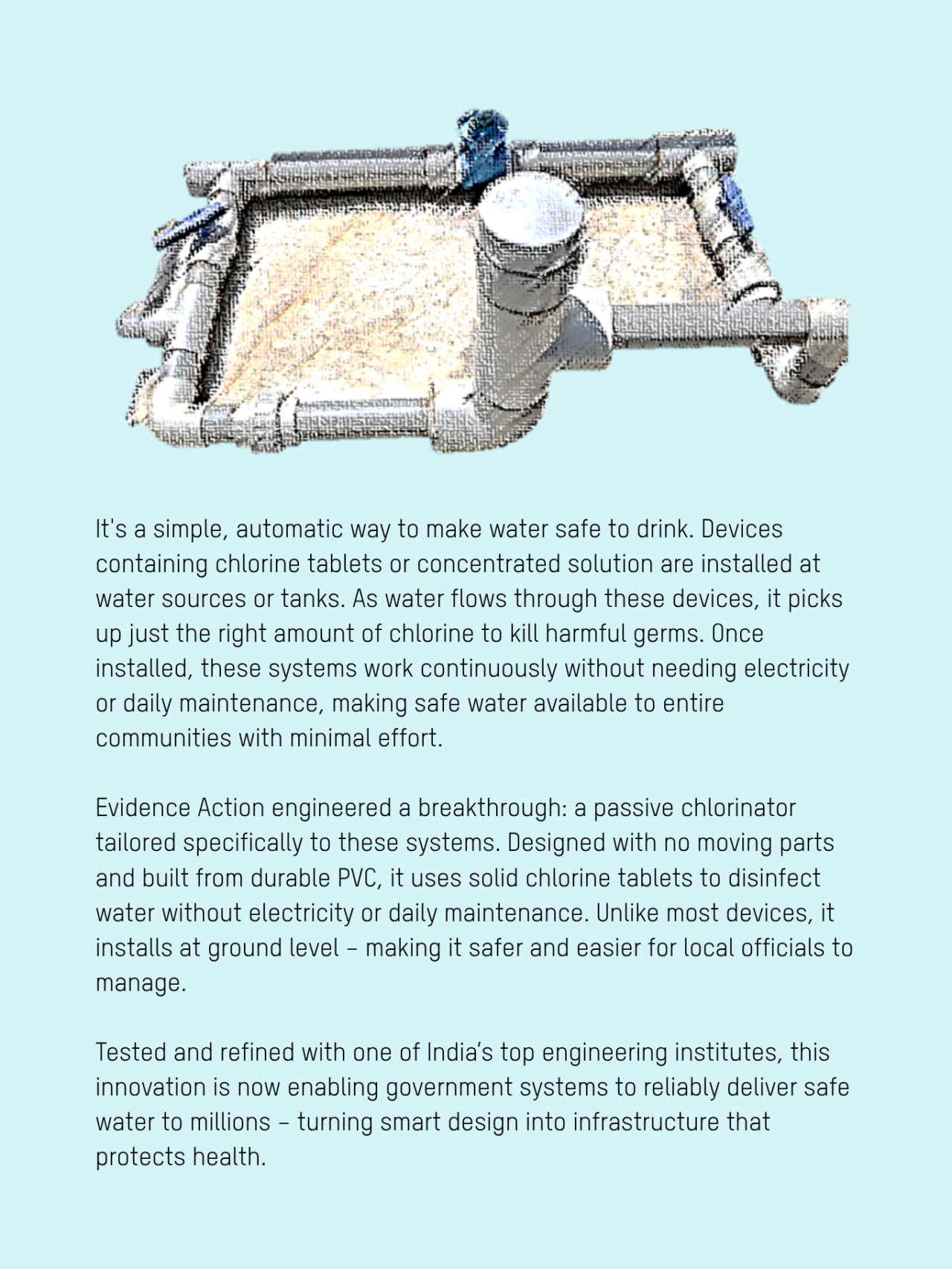


In many villages that were previously disinfecting water, chlorine was added manually — requiring someone to climb a tall overhead tank with a heavy bucket or bag of bleaching powder. In Veerannagudem, a village within the fertile Eluru district of Andhra Pradesh, that someone was a pump operator Kona Surya Durga, whose family had been responsible for the village water supply for years.
“Previously, we had to mix bleaching powder in a bucket, climb up approximately 25 stairs, and pour it into the water tank. This method was dangerous,” she shared. Results also varied due to the difficulty controlling disinfectant concentration. “After the installation, both the workload and time required have significantly reduced. Earlier, most household members were not interested in drinking tank water, but now, [the majority] are drinking it.” She continues to oversee the system, helping make safer water available to all 55 households in the village.
What is an overhead tank?
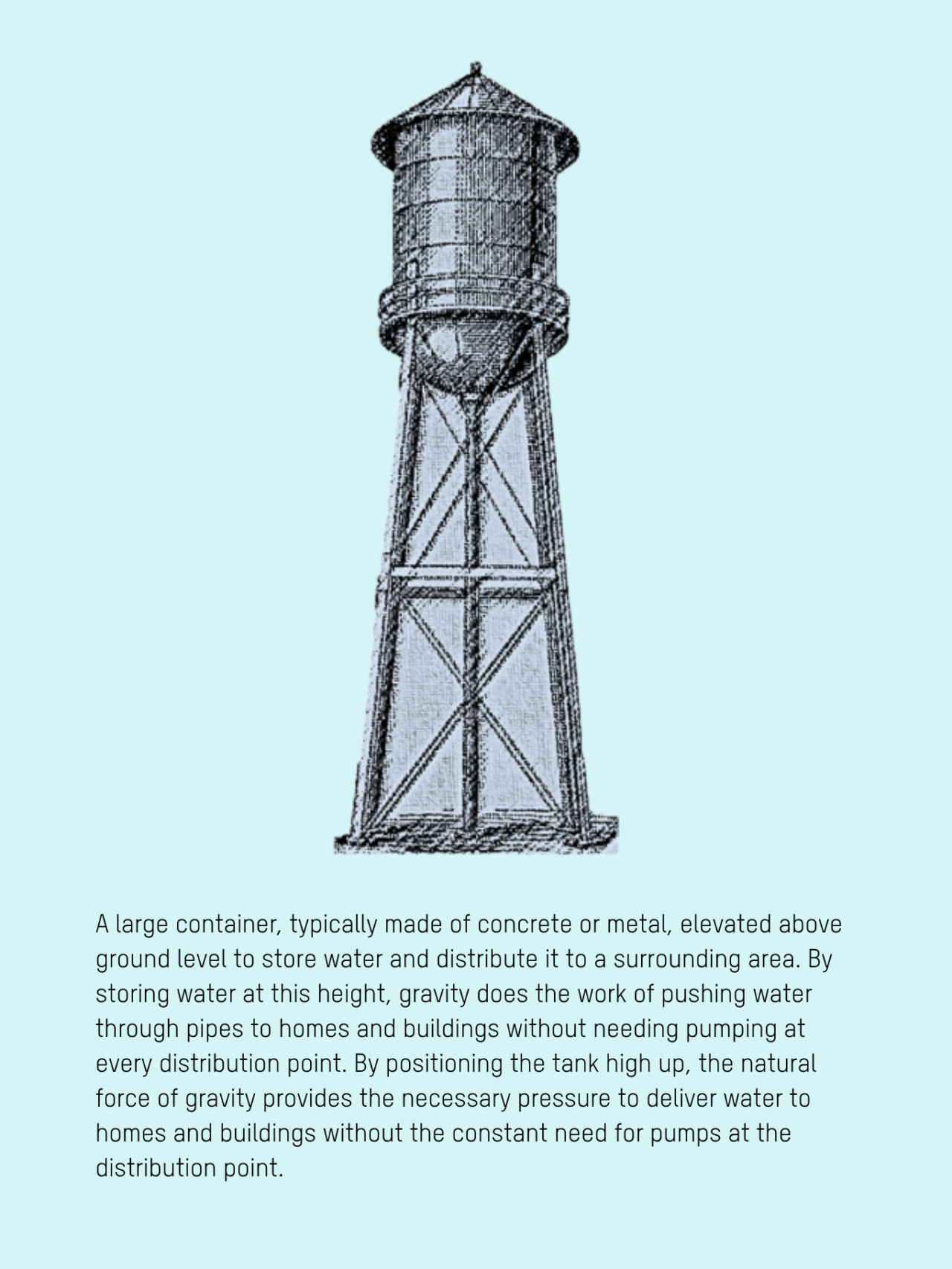
From costly water to community leadership
In Kotturu Tadepalli village located in the NTR district of Andhra Pradesh, Lingala Baby Kumari, a mother of two, faced a tough situation. She struggled with financial hardship while also caring for her ailing husband and working at a clothing store. A significant strain on their finances was the need to purchase safe drinking water, which came at a high cost due to the reliance on reverse osmosis.

The new in-line chlorination system provides safe, chlorinated water without any cost to the residents. For Lingala Baby's family, this meant both improved health and much-needed financial relief. She decided to take an active role in ensuring its continued provision. Learning from a field coordinator, she began diligently inspecting the devices to ensure they were functioning.
I have many challenges in my family, but I am always ready to spare time for the betterment of the community because the community is also my family. Everyone deserves safe drinking water.
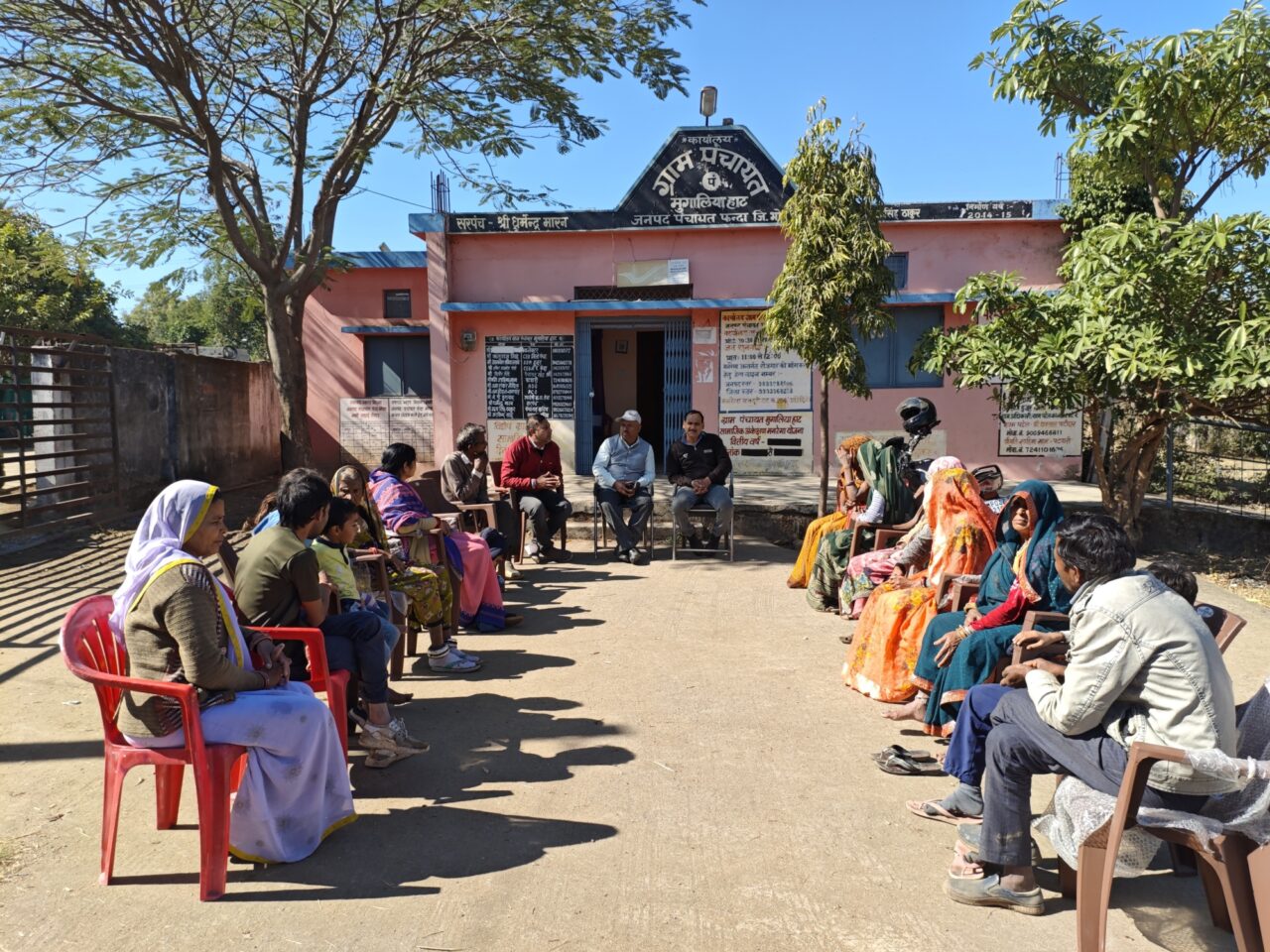
In Agraharam village in Andhra Pradesh’s Palanadu district, chlorinated water began flowing through household taps after a new in-line chlorination device was installed by the state government with technical support from Evidence Action. But the real change began when village head Shri Rambabu took it upon himself to ensure the system was not just installed — but trusted.

Facing early skepticism from residents unfamiliar with the taste and purpose of chlorinated water, he led public meetings, enlisted support from local women’s groups and water committees, and personally checked the water supply each morning. Under his leadership, old and contaminated pipes were replaced, drainage around public taps was cleaned up, and new platforms were built to keep water points hygienic. The village now not only drinks clean water — it takes responsibility for keeping it that way.
“It took repeated meetings and communication with the community to convince them that consuming chlorinated water will improve the health of their children,” he said. “With consistent chlorination and regular maintenance, water-borne illnesses have significantly declined in the village.” As Rambabu puts it, “Anything that is for the betterment of my people, I will always stand for that.”
From distant hand pumps to reliable water at home
In Bhada Bawadi, a village in Shivpuri district, Madhya Pradesh, a new water system was installed by the Public Health Engineering Department, Government of Madhya Pradesh. It included a 20,000-liter underground storage tank and a piped distribution network that now delivers water directly to homes. These types of systems are designed for individual villages and typically include a local water source, storage, and household tap connections.
What is a borewell?

Before this upgrade, the community relied on borewells in remote areas and a small number of hand pumps. These sources were unreliable, often far from home, and provided water that wasn’t always safe to drink, leading to frequent outbreaks of waterborne diseases that disproportionately affected children and vulnerable communities.
What is a hand pump?
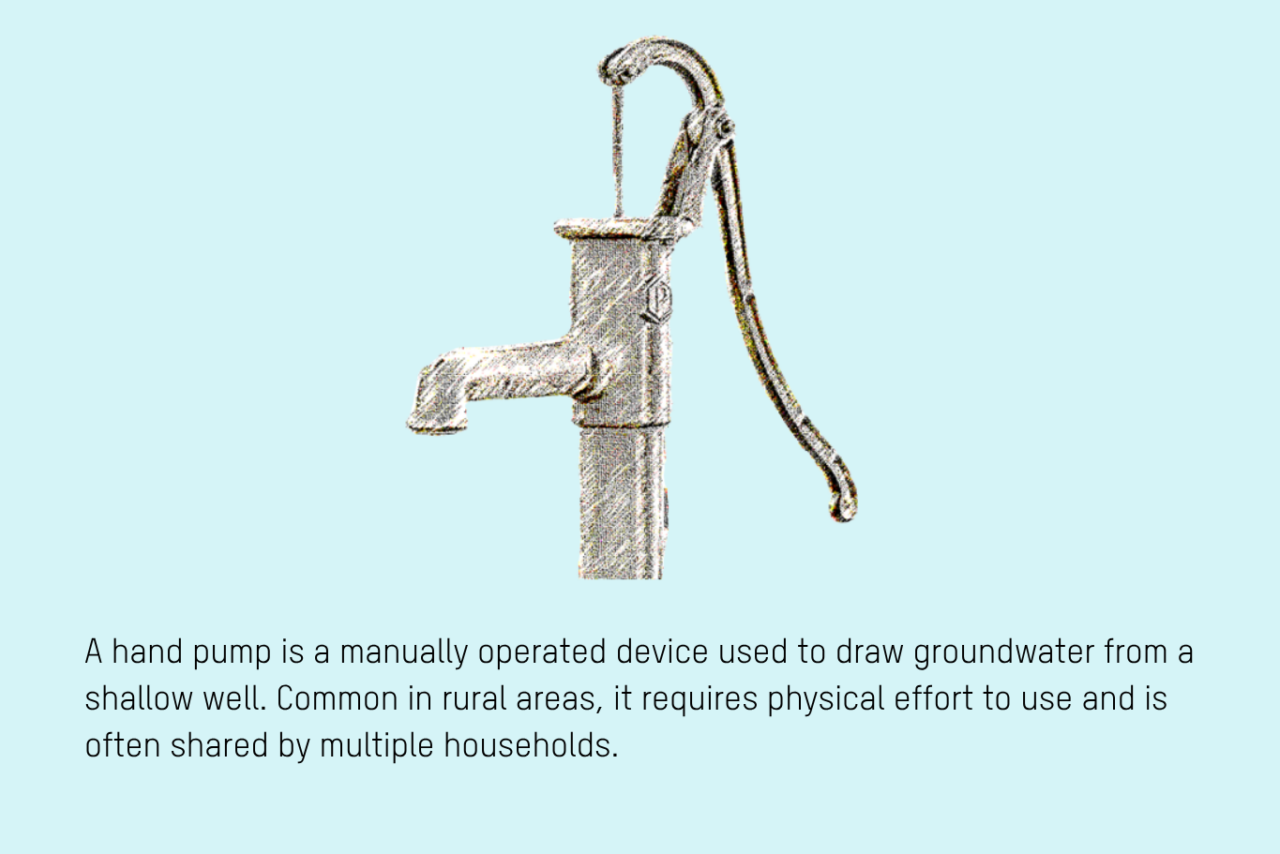
To make the new piped water system safer, Evidence Action supported the installation of an in-line chlorination device and worked with government and village leaders to train local operators in maintaining it.
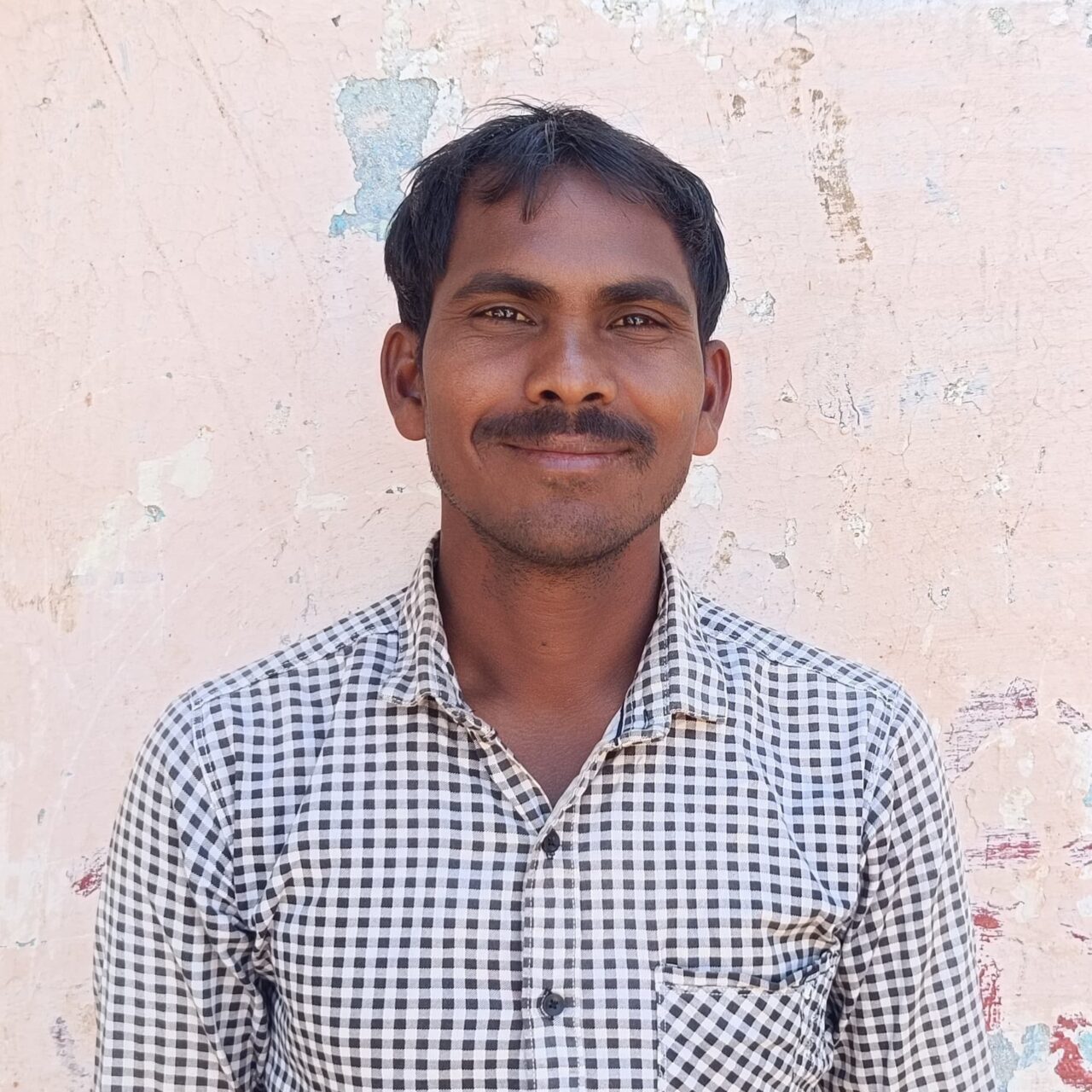
Local resident Ram Nivas became a vocal advocate for the new system, visiting homes to spread awareness and monitor improvements. “Water scarcity was a nightmare for us, especially during the dry months. We would wait in long queues at distant water sources, sometimes returning with just a pot of muddy water. But today, I can cook, clean, and even grow vegetables in my backyard, all thanks to the water connection. It has changed our lives forever!"
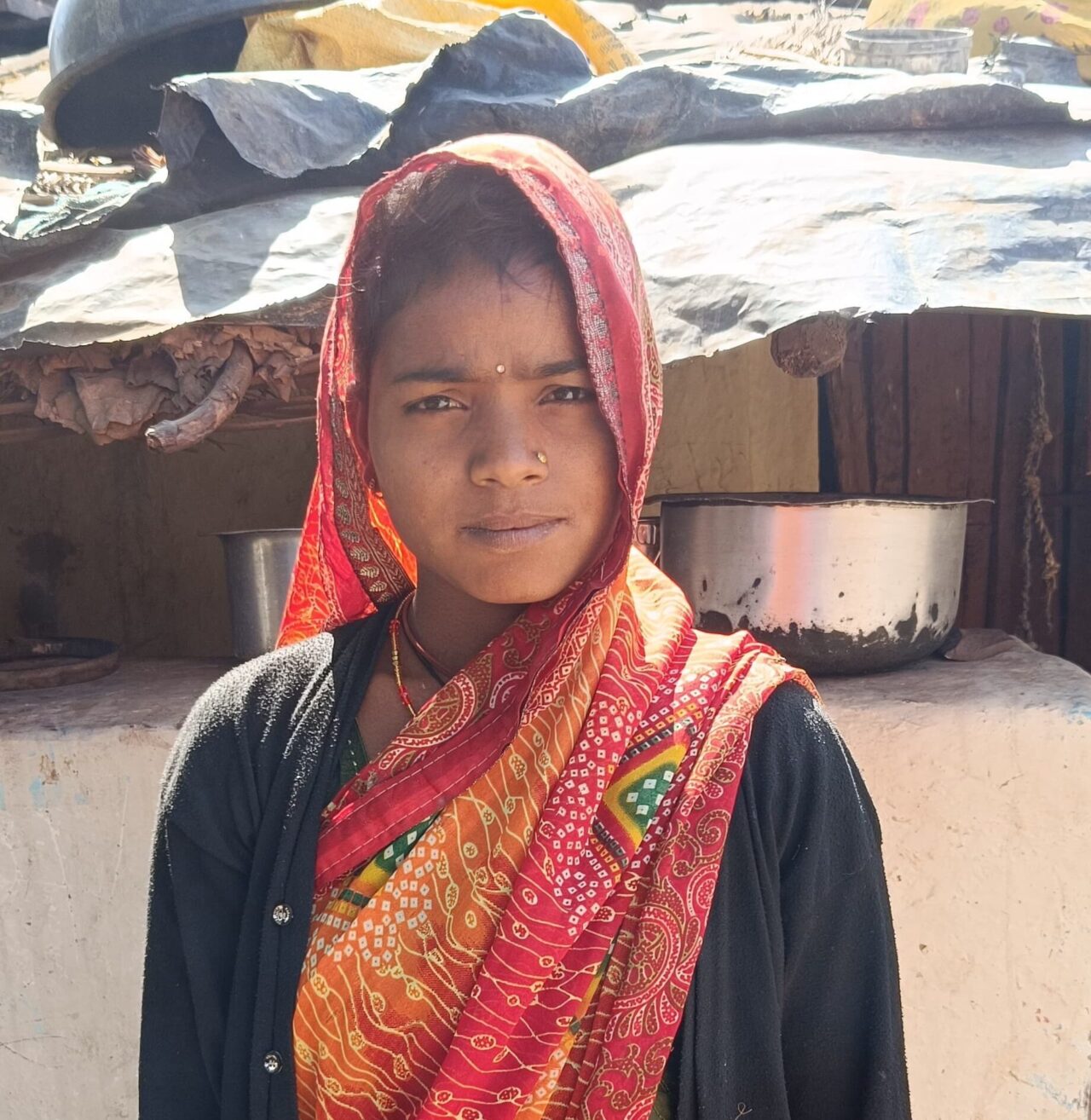
Another community member, Seema, noticed a difference in her family’s health: “My children used to fall sick during the rainy season. This year, they haven’t. That’s been the biggest change.”
From installation to impact
The Indian government has taken ambitious steps to ensure that every rural household has access to piped water. This nationwide effort has already reached millions of households — and continues to grow, grounded in the understanding that providing water is only part of the equation; making sure that water is safe to drink is equally important.
Our role is to provide targeted, cost-effective support that strengthens existing public systems with each new tap – and we aim to reach tens of millions and more in the coming years. By supporting systems that last, we help ensure the water remains safe long after the infrastructure is installed, working in partnership to bridge the gap from tap to trust.

